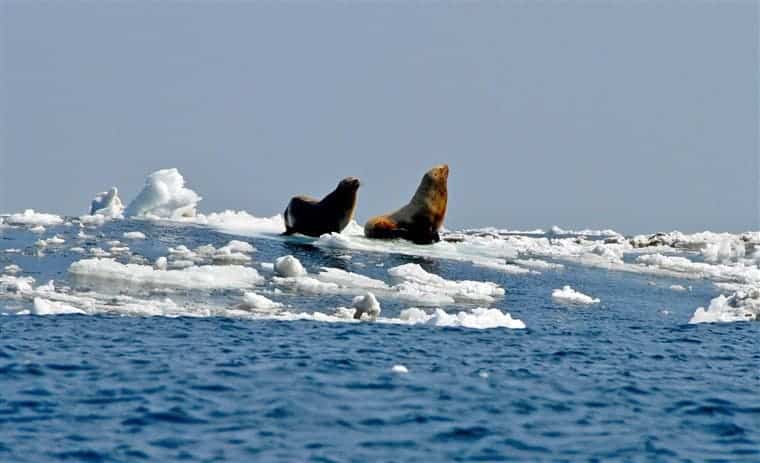The growing number of greenhouse gas emissions and the loss of nutrients are taking oxygen out of the oceans, threatening all marine biodiversity.

The report “Ocean deoxygenation: Everyone’s problem” looked at the causes, impacts and solutions to the loss of oxygen of oceans. It showed that about 700 ocean sites now have low levels of oxygen, a steep increased from the 45 registered in the 1960 – threatening species such as tuna and sharks.
“With this report, the scale of damage climate change is wreaking upon the ocean comes into stark focus. As the warming ocean loses oxygen, the delicate balance of marine life is thrown into disarray,” said Dr Grethel Aguilar, acting director-general at The International Union for the Conservation of Nature (IUCN).
The report argued that the threat to oceans from chemicals such as nitrogen from agriculture has long been known and still remains as the main problem. Nevertheless, the effects of climate change have been underestimated — and as our emissions continue to grow, so do the ocean problems. Oceans absorb most of the heat generated because of the greenhouse effect, but having warmer water means less oxygen can be held.
Between 1960 and 2010, the report estimates that the amount of oxygen dissolved in the oceans declined by an average of 2%, reaching 40% in tropical countries.
Both small and large changes in the level of oxygen can have an impact on marine life, according to the report. Water with less oxygen can favor species such as jellyfish but can also affect larger ones such as tuna, who are driven into shallow water with more oxygen and then get more exposed to excessive fishing.
“The potentially dire effects on fisheries and vulnerable coastal communities mean that the decisions made at the ongoing UN Climate Change Conference are even more crucial. To curb ocean oxygen loss alongside the other disastrous impacts of climate change, world leaders must commit to immediate and substantial emission cuts,” Aguilar said.
Keeping the business-as-usual approach regarding emissions would mean for the world’s oceans to lose between 3% and 4% of the oxygen by 2100. This will probably be worst for tropical countries. Most of the loss will happen in the first 1.000 meters of water, which is the area with most biodiversity.
This year’s climate change conference has been labeled as a “blue COP”, putting a special focus on oceans and their link with climate change. This was a decision by Chile, this year’s COP President, seeking countries to come up with specific measures linked to oceans and climate.


